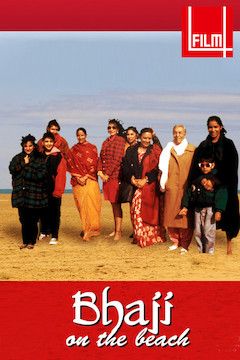
Within the first 5 minutes of the Nest, I clocked Jude Law’ character as being a lying, manipulative, gaslighting, narcissistic cunt. And the rest of the film is just waiting for that ticking timebomb to explode.
Carrie Coon plays his wife, who knows something is badly wrong but has no words to describe it. He’s clearly smooth-talked his way through so much shit by this point, and bought himself out of trouble with gifts like bribes, and turned on her for being “crazy” whenever she raised a legitimate concern, she really struggles to discern what is in fact being hidden from her, and what direction her impending sense of doom is coming from. She seems like one of those women who don’t even realise they’re in an abusive marriage until he cleans out her bank account, sells her mother’s house, and leaves her with thousands of pounds in debt after faking an illness to extort money from their friends. As the movie begins, she is just cresting the wave of her realisation her confidence in him is misplaced, and their financial situation is likely not all he makes it out to be. As he suggests yet another move, this time to a fancy manor house in England, you sense she has now been through this cycle enough times to see through it, and the tactics he’s been using to keep her compliant or complacent are no longer working.
In fact this whole film is shot more like a horror film. The score is ominous from the outset. The plot is reminiscent of so many horror tropes – happy family moves to gothic mansion and begins to unravel – except there is not supernatural force. It kinda reminds me a little of The Witch, how the family falls apart under misfortune, only in The Nest, there is no external agent causing it, it is self-created in the character of the father.
I can see how someone would not be interested in seeing this movie. After all, incredibly privileged cunts find no happiness in their extravagant lifestyle seems like the least compelling plot ever. Which is why I didn’t enjoy Anna Karenina. And if it weren’t for the fact it is directed by Sean Durkin who did Martha Marcy May Marlene – which was awesome by the way – I wouldn’t have bothered with it. But I dunno, I found it did hold my attention. It managed to have a central villain whose motivation and character made sense and were identifiable without asking you to sympathise with him.
It has this tortured wife character who is much more fleshed out and three-dimensional than the usual stereotypical role, she has agency, the film is all about her growing in confidence and choosing to face what she fears is true, even as she is half losing her mind over it. She is not a passive victim, and she clearly has been invested in the materialistic life that has been provided so far, seeing it as a mark of stability and security, and he has clearly bought her off with gifts in the past because that has been what’s worked. It is only as the avarice has grown to self-destructive proportions that it has come to signify the opposite of that, a lack of safety.
In some ways this is a movie about a haunted house, but the house is haunted by a woman’s unintelligible fears, and the malevolent force is in the secrets her husband is keeping.



